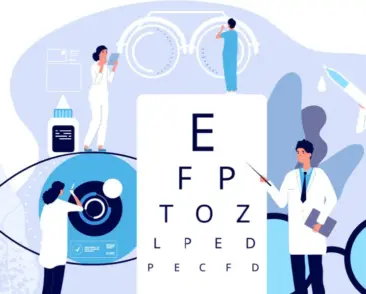Nowadays there’s an increased emphasis on consuming better products, including food, and that’s a great thing, because, in short, all of it is contributing to a longer (and much happier) life. For many people, however, all of the labelings on these “better products” is confusing. Today, we’re going to focus on just one of the newer, up-and-coming (and very important) labels – the Regenerative Organic Certification (ROC) label.
What is the Regenerative Organic Certified Label?
The ROC label builds on the USDA organic label by putting an emphasis on soil quality, as well as the health and safety of farm workers.
The USDA label focuses on reducing environmental damage through the use of synthetic pesticides, sewage sludge, and genetic engineering. The ROC label takes it a step further, addressing the need for healthy soil, biodiversity, and high animal welfare standards.
Three Pillars of the ROC Label
The need for the ROC label was spearheaded by the Rodale Institute and the certification consists of three pillars. They are as follows:
Soil health: The Rodale Institute has been examining soil health for the past 70 years. It is their belief that organic agriculture should do more than just aim to reduce soil damage, it should work to improve soil quality by adding nutrients and building up organic matter.
This is based on research that shows that if current farmland and pasture shifted to regenerative organic practices, all carbon dioxide emissions would be sequestered in the soil. The Institute is attempting to make this a reality by promoting the use of cover crops, no or low tillage, and rotational grazing.
Social Fairness: This aims to protect growers in developing countries who are often exploited by big corporations with harsh working conditions and low compensation.
There is also a Fair for Life label that extends Fair Trade to all countries, in the hopes of correcting these injustices. However, that label is not widely recognized.
The ROC label takes it a step further, making sure that human welfare is a part of organic agriculture and that it is just as vital as soil and animal welfare. Any product that is labeled this way is certifying that workers are earning an adequate living wage and that fair pricing standards are set.
Animal Welfare: Although the organic label promotes animal welfare, the ROC label takes it one step further here as well. While the organic label ensures that animals have adequate access to pasture land during the grazing season, the new ROC label also prohibits concentrated animal feeding operations (CAFOs). CAFOs are massive industrialized feeding lots that are often overcrowded and uncomfortable for animals.
And, while we know that many of you love what the new ROC label means, we also know that many of you will be concerned about how expensive purchasing products with this label may end up being. Makeena can help.
Makeena is a free app that makes buying healthy products, including food, more affordable. Browse through the list of participating products to see which ones you may be interested in buying. Add them to your virtual shopping list, and once you purchase these products in-store or online, you can scan the UPC and submit proof of purchase through the app to start earning cash back. Once your earnings total $20 or more, you can request cash out through Venmo or Paypal.
Makeena’s app can be downloaded through Google Play or the App Store – or here!
The ROC program was unveiled in March 2018 at Natural Products Expo West, and is open to any industry, brand, or manufacturing facility. The plan is to have products with the ROC label appear on store shelves within two years. We can’t wait to see the positive effects this will have on setting the standards for a healthier and happier life!




